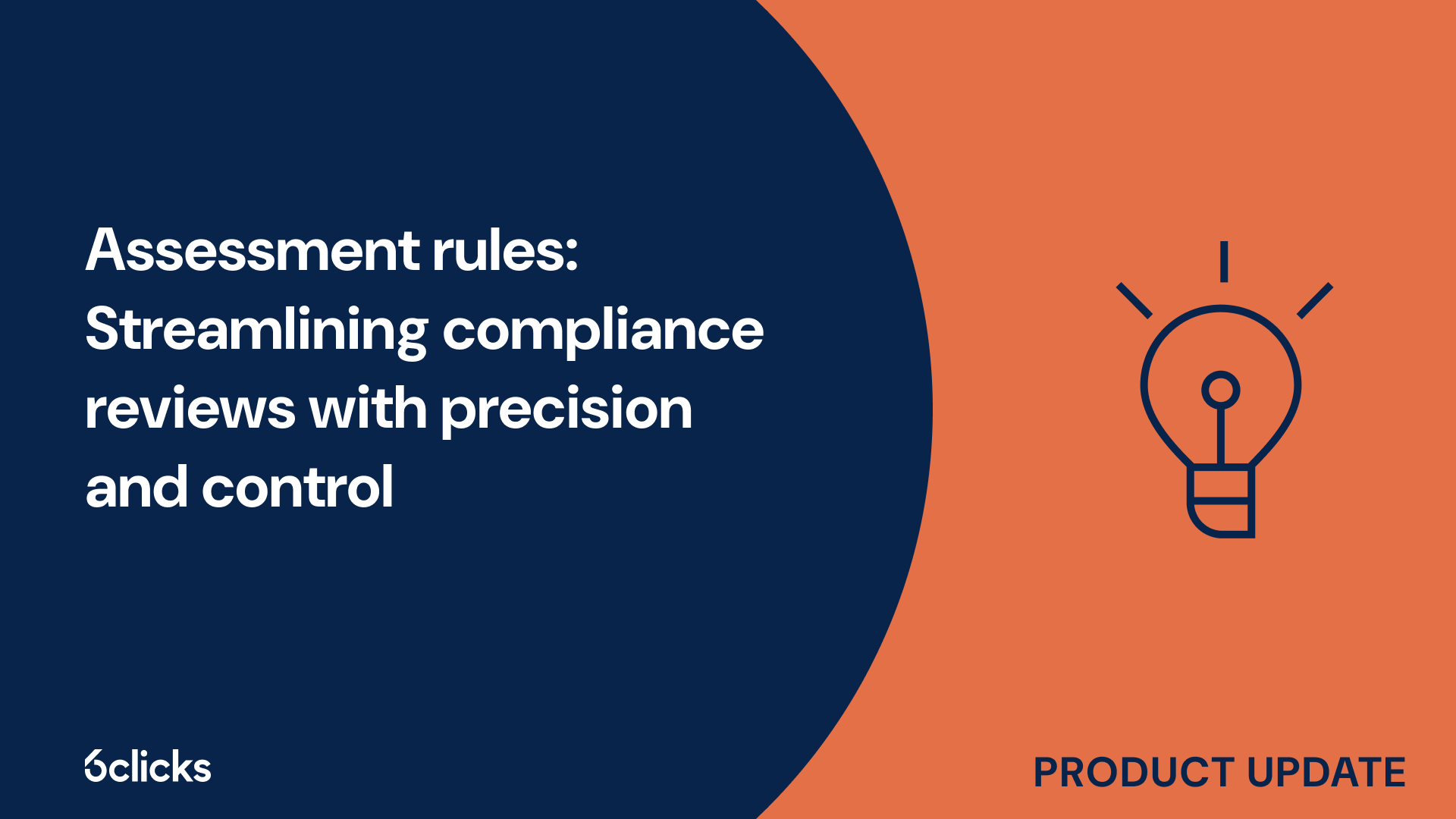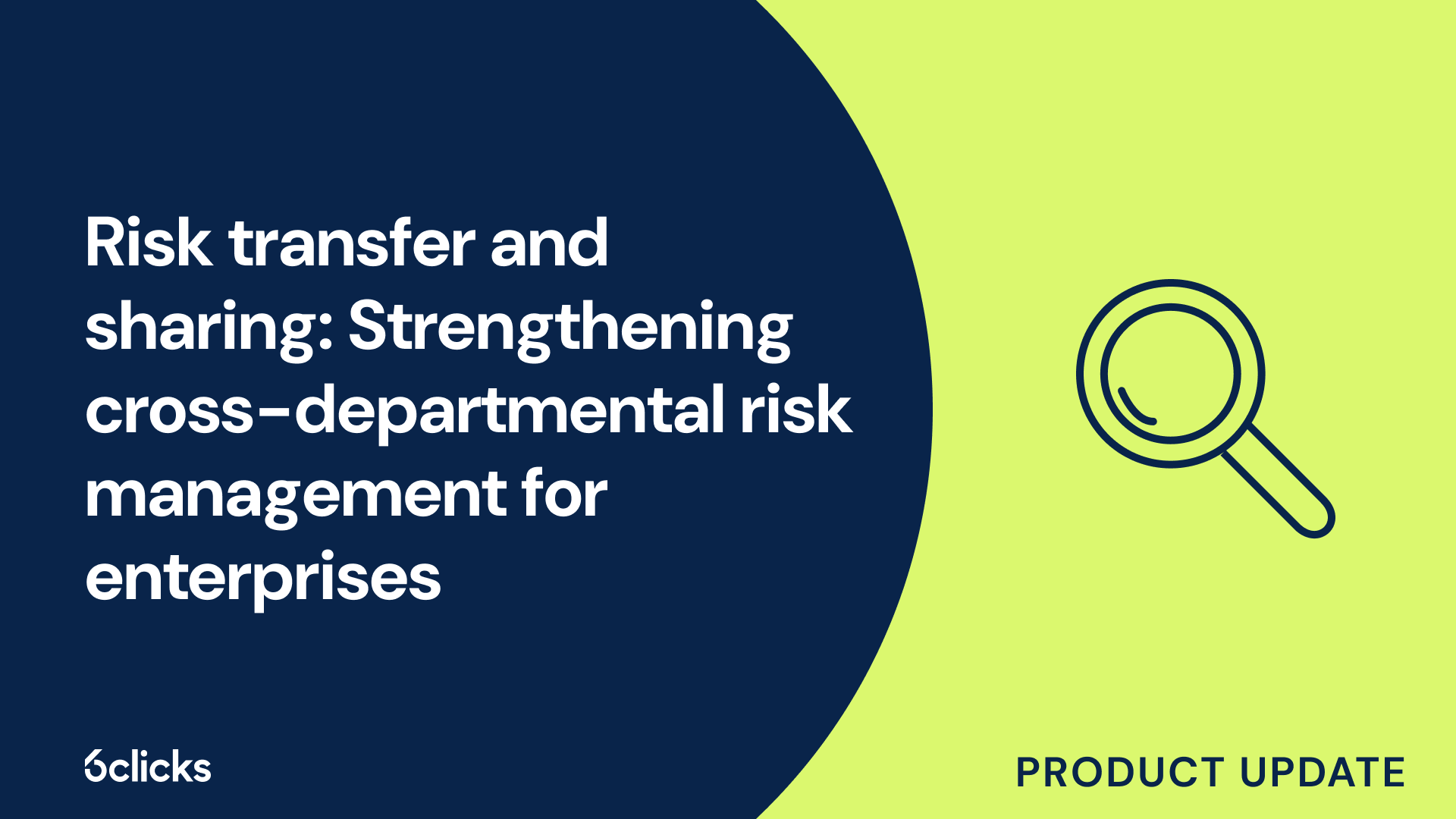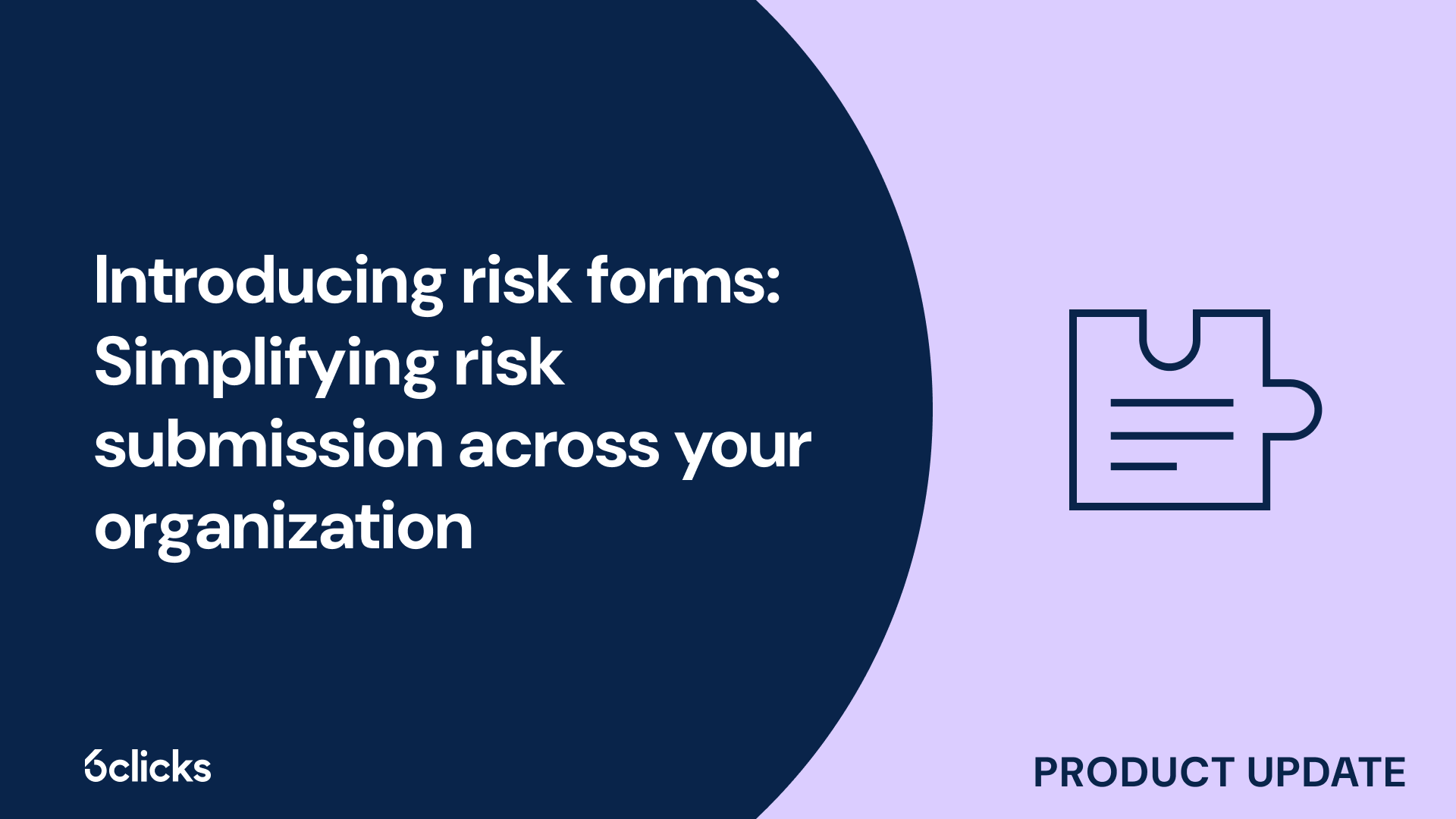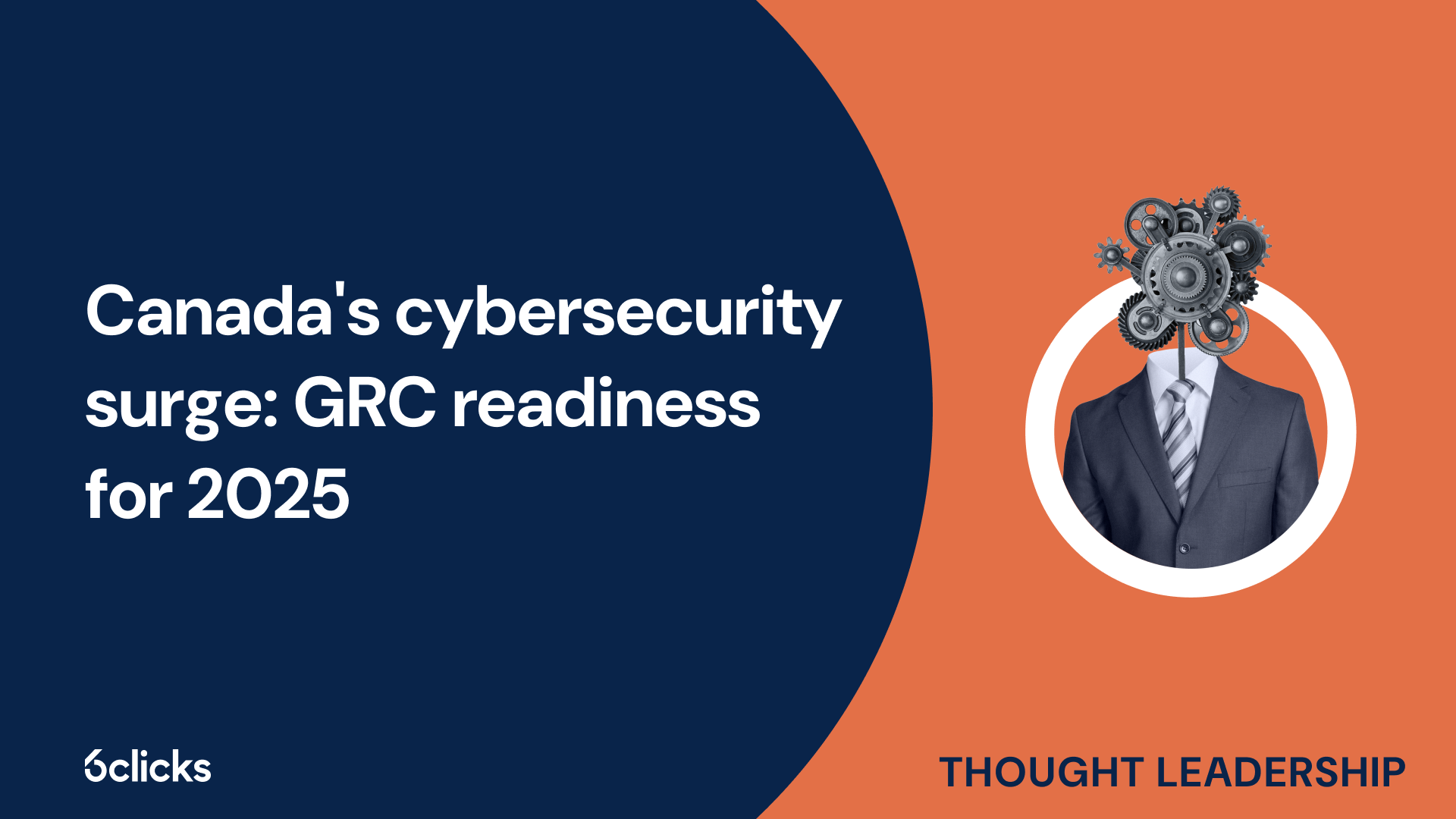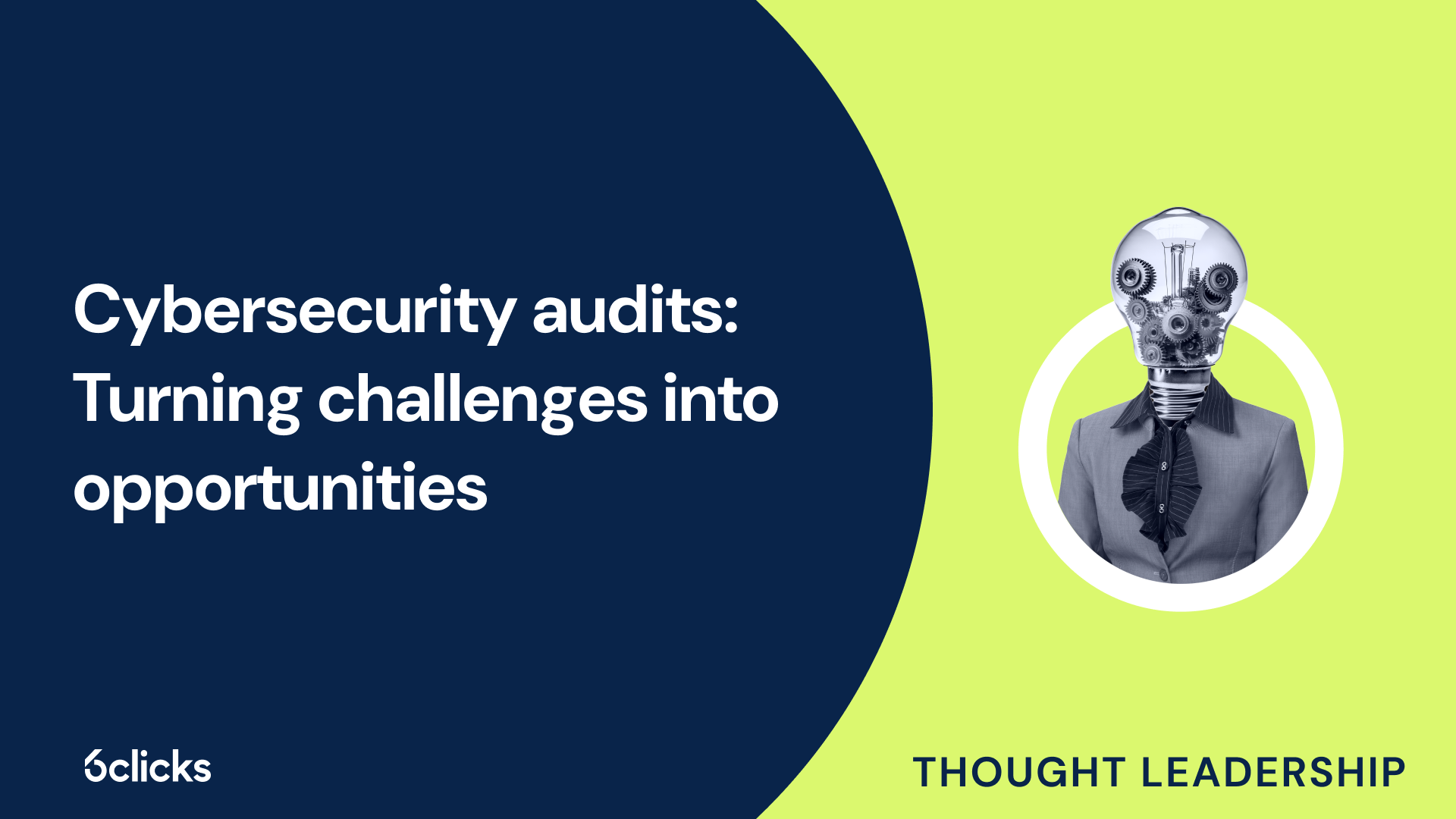The GRC buyer’s guide for 2025: Building resilience with AI-powered, federated solutions
Discover the ultimate GRC buyer's guide for 2025! Uncover how AI-powered, federated solutions transform compliance and security management for industries like government, aerospace, banking, and more. Learn about centralized control, continuous compliance, and advanced cyber GRC capabilities. Download now!
-1.png?width=200&height=249&name=Group%20193%20(1)-1.png)
The GRC buyer’s guide for 2025: Building resilience with AI-powered, federated solutions
- Establishing an Information Security Policy: Organizations must establish, document, implement, and maintain a comprehensive information security policy that outlines their commitment to information security and the roles and responsibilities of employees with respect to protecting the organization's information assets.
- Risk Assessment and Treatment: Organizations must conduct a risk assessment to identify, assess, and prioritize risks to the confidentiality, integrity, and availability of their information assets. Organizations must develop and implement risk treatments to reduce the identified risks.
- Information Security Controls: Organizations must select and implement appropriate information security controls to protect their information assets. These controls should be based on the organization's risk assessment and risk treatments.
- Security Awareness and Training: Organizations must provide employees with adequate security awareness and training to ensure they understand their roles and responsibilities with respect to protecting the organization's information assets.
- Incident Management: Organizations must have an incident management process in place to detect, investigate, and respond to security incidents in a timely and effective manner.
- Monitoring and Review: Organizations must monitor and review their information security management system on a regular basis to ensure it is meeting its objectives and is still effective.


